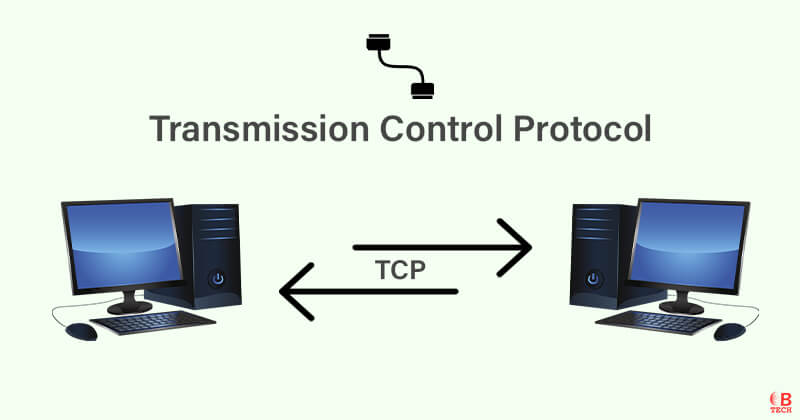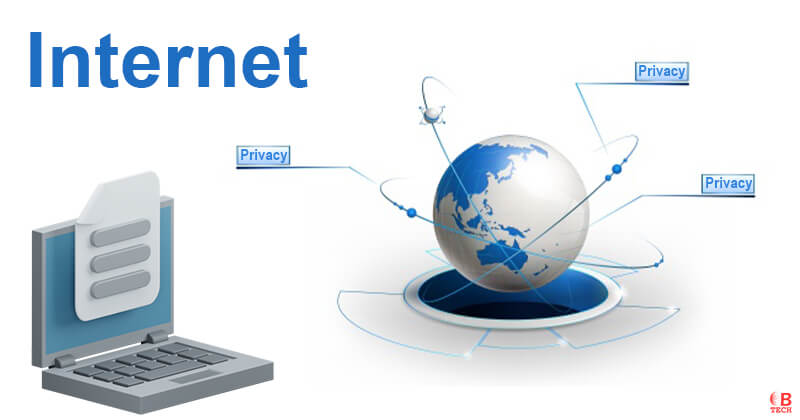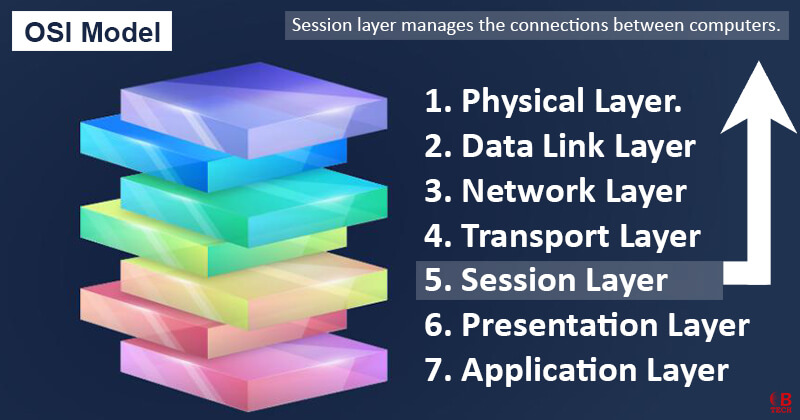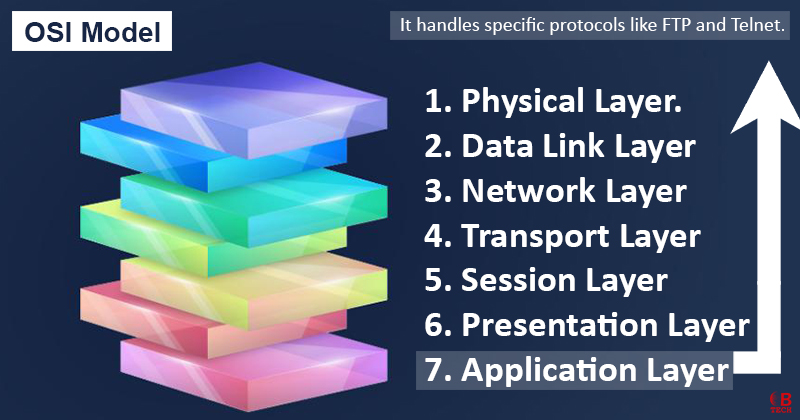Definition
Transmission Control Protocol abbreviated as TCP, functions as a communication protocol within network systems. It primarily focuses on sending data packets across the Internet.
Operating at the transport layer of the OSI model, TCP facilitates the connection between distant computers. It ensures the reliable transmission and receipt of messages across various supporting networks, including the Internet.
Techbonafide Explanation of TCP through Table
| Function | Description |
| End-to-End Data Delivery | Ensures the complete and reliable transmission of data between distinct nodes across the network. |
| Sequencing and Data Integrity | Breaks data into smaller packets, sequences them for transmission and ensures data is correctly reassembled at the destination. |
| Error Checking and Correction | Includes mechanisms to detect errors in data transmission and prompts retransmission if errors are detected. |
| Flow Control | Manages the rate of data transmission based on the receiver’s capacity to handle the incoming data. |
| Connection Management | Establishes and maintains a reliable connection throughout the communication session between the sender and receiver. |
These functions are essential for TCP to manage and ensure efficient, reliable data communication over networks.
Role in Network Communication
Transmission Control Protocol is used in digital network communications. It forms an integral part of the Internet protocol suite, often referred to as the TCP/IP suite. TCP’s primary function is to ensure the end-to-end delivery of data between distinct nodes.
Collaboration with Internet Protocol
TCP collaborates closely with Internet Protocol, which identifies the logical location of a remote node. While IP determines where the data should go, TCP is responsible for actually transporting the data and confirming its correct delivery to the intended destination.
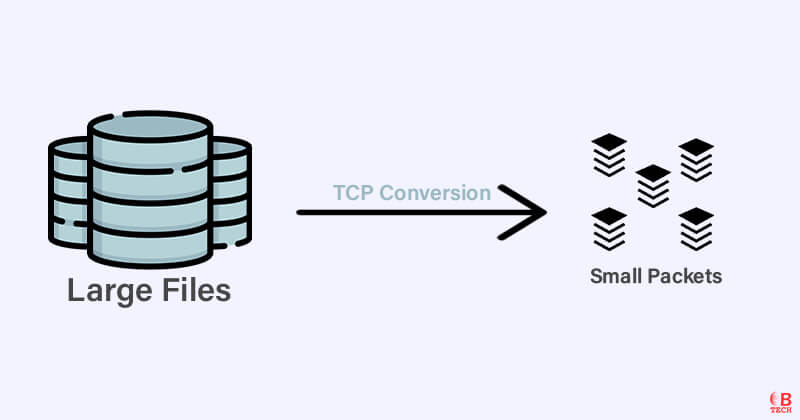
Before starting data transmission, TCP establishes a connection between the source and destination nodes. This connection remains active throughout the communication process. To manage the data effectively, TCP divides large data files into smaller packets. It also ensures the integrity of the data when reassembling these packets at the destination node, maintaining the completeness and accuracy of the transmitted information.
